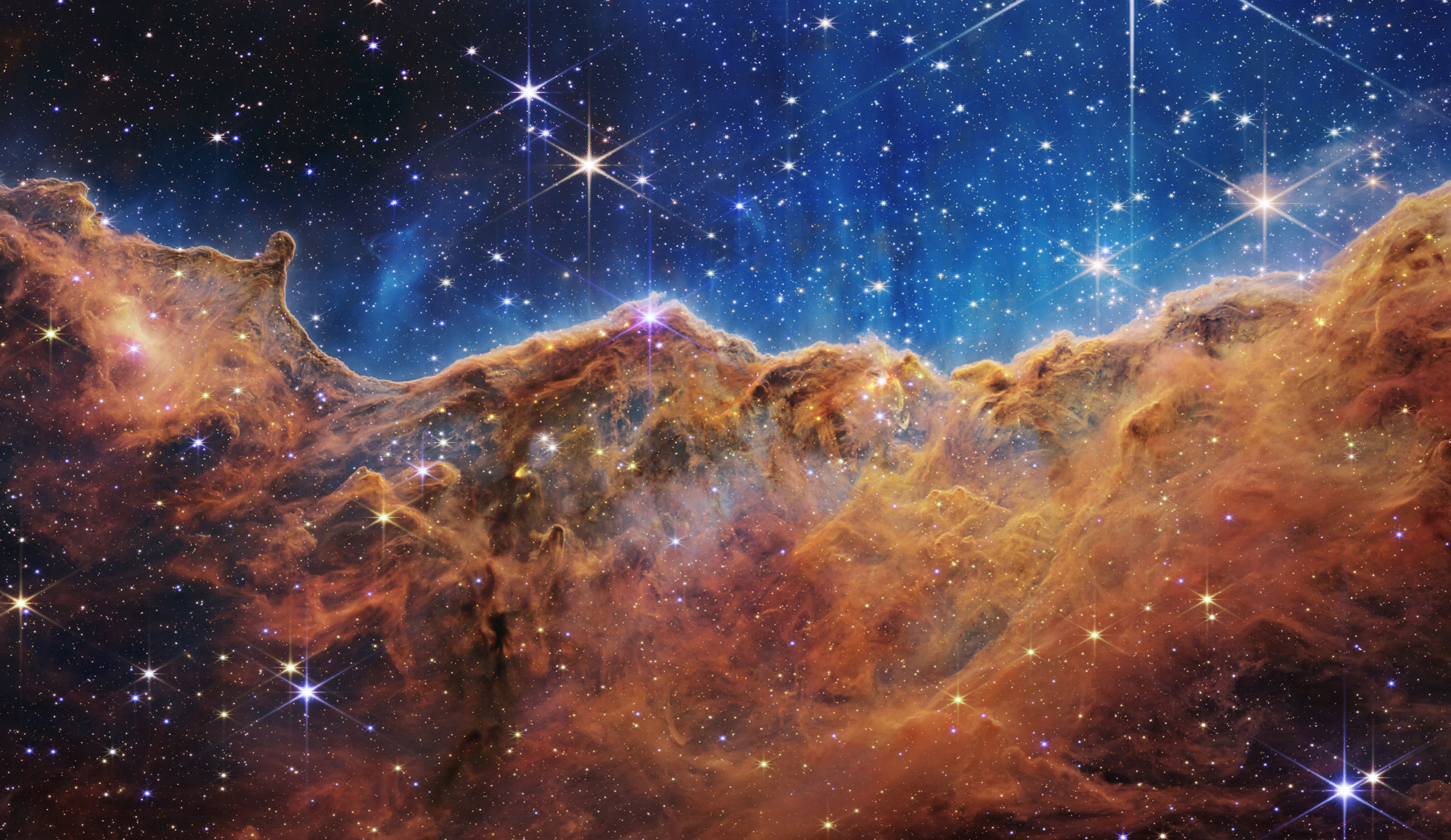
Dr. Christiaan Boersma (SSA) will lecture at the weeklong Summer school titled “Polycyclic Aromatic Hydrocarbons in the Interstellar Medium: Observational, Experimental and Computational Tools” pahschool2018.strw.leidenuniv.nl, which starts April 1st in Les Houches, a commune in the French Alps famously known for its ski slopes.
The Summer school focuses on the spectroscopic signatures of polycyclic aromatic hydrocarbons (PAHs), which are an important constituent of interstellar dust and drive many astrophysical processes. Dr. Boersma will teach the next generation of astronomers, astrophysicists and astrochemists to make use of the data, models, and tools that are part of the NASA Ames PAH IR Spectroscopic Database (PAHdb) to prepare, analyze and interpret observations with NASA’s forthcoming flagship mission, the James Webb Space Telescope (JWST). World-unique, PAHdb contains thousands of spectra coupled to a set of innovative models and tools that have become an essential tool for the astronomical community for analyzing and interpreting the PAH bands found in astronomical spectra and which established Ames’ US leadership in the PAH field.
All facets involving astronomical PAHs are being covered during the Summer school, from laboratory experiments probing the fundamental properties of astronomical PAHs to planning and preparing PAH-focused observations with JWST.



























